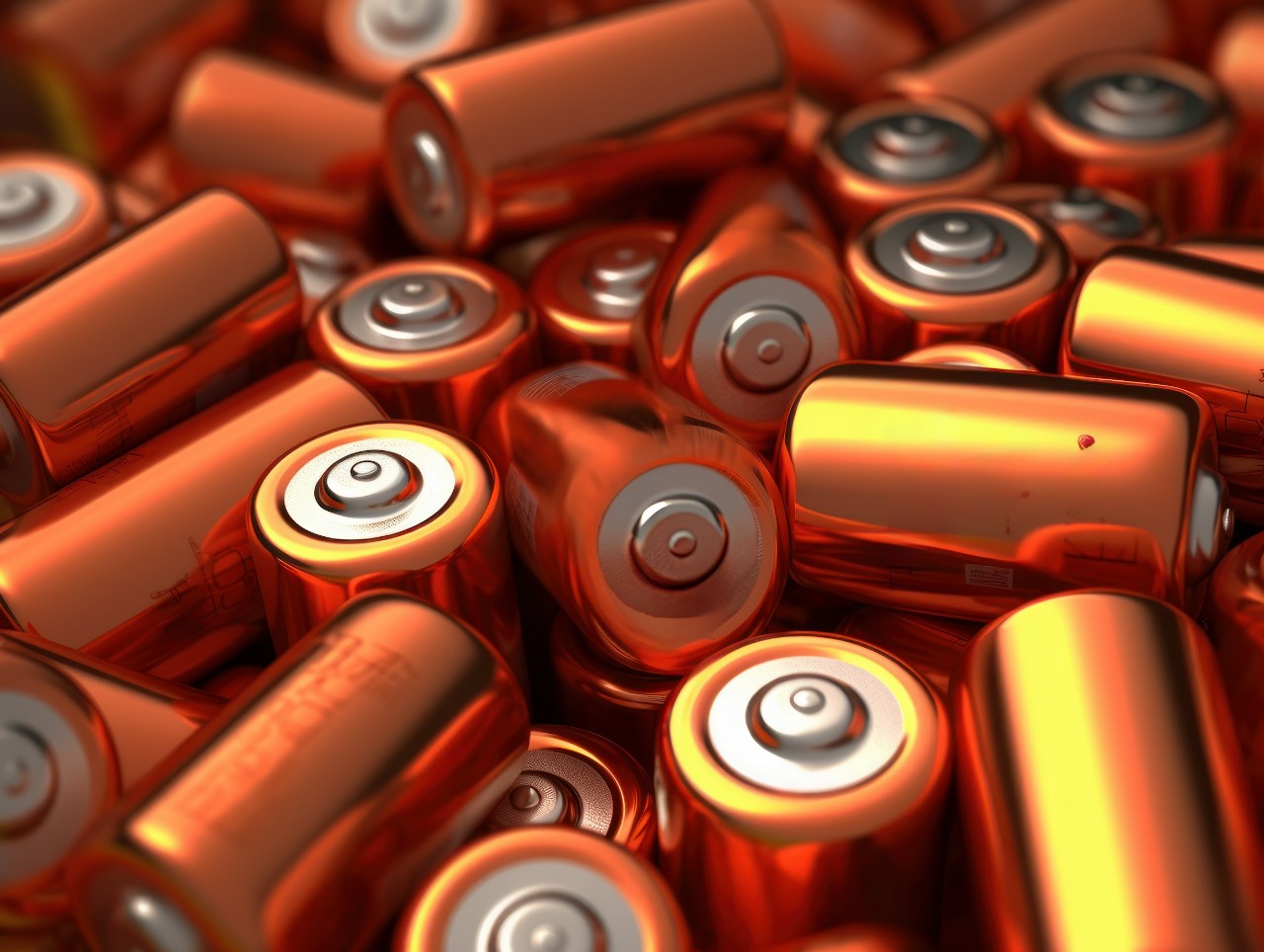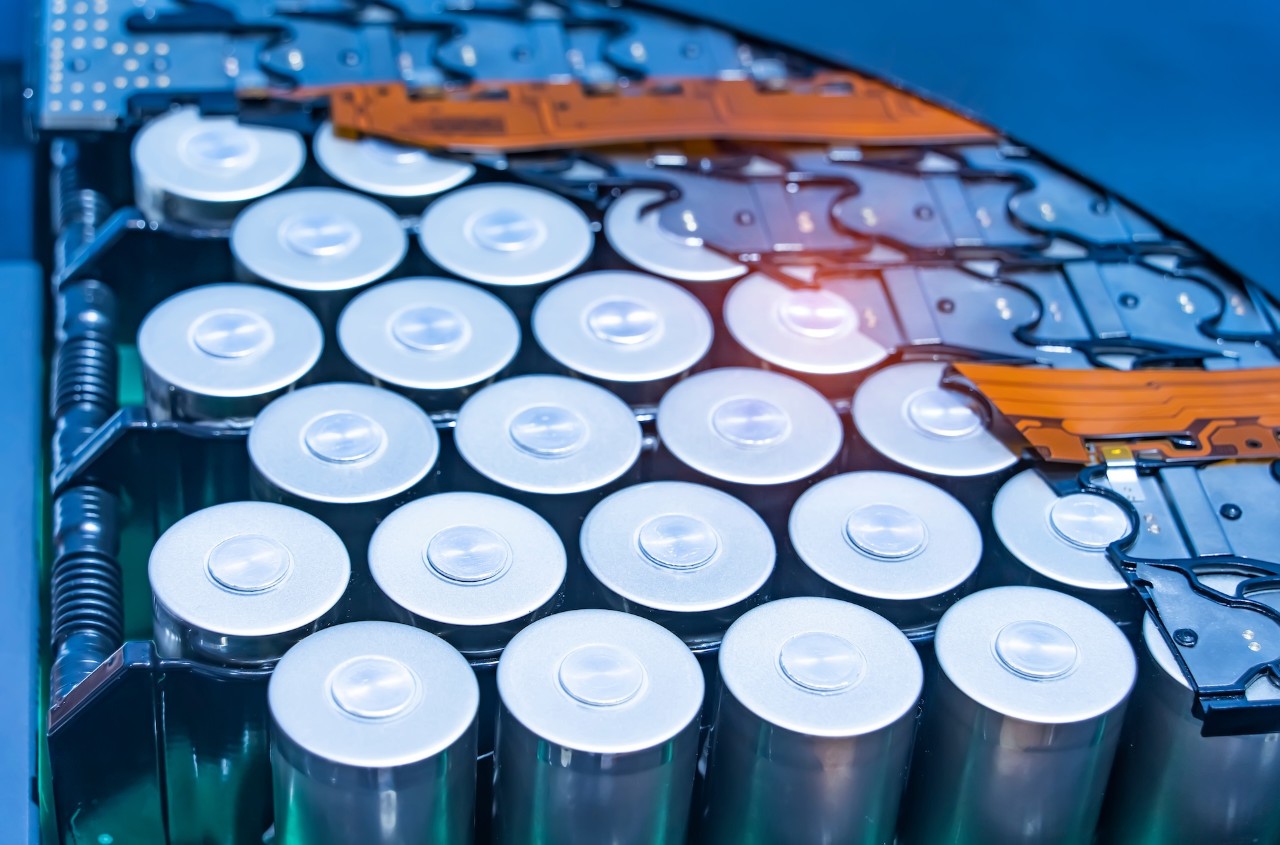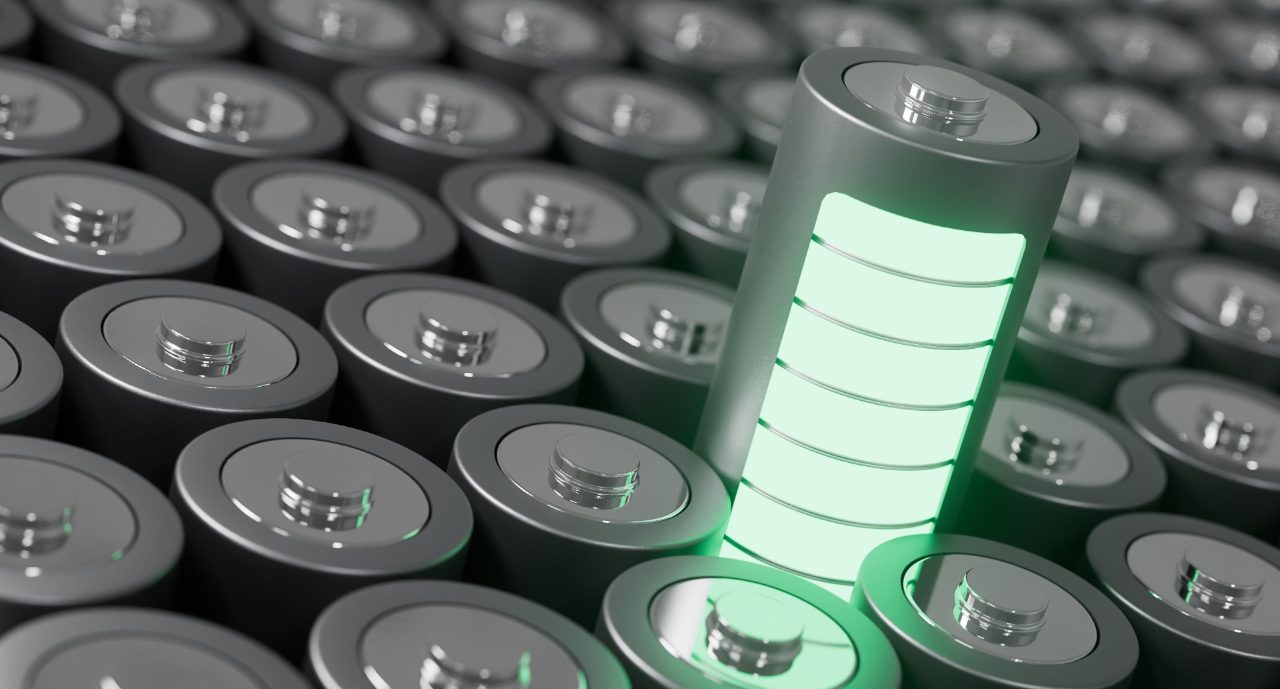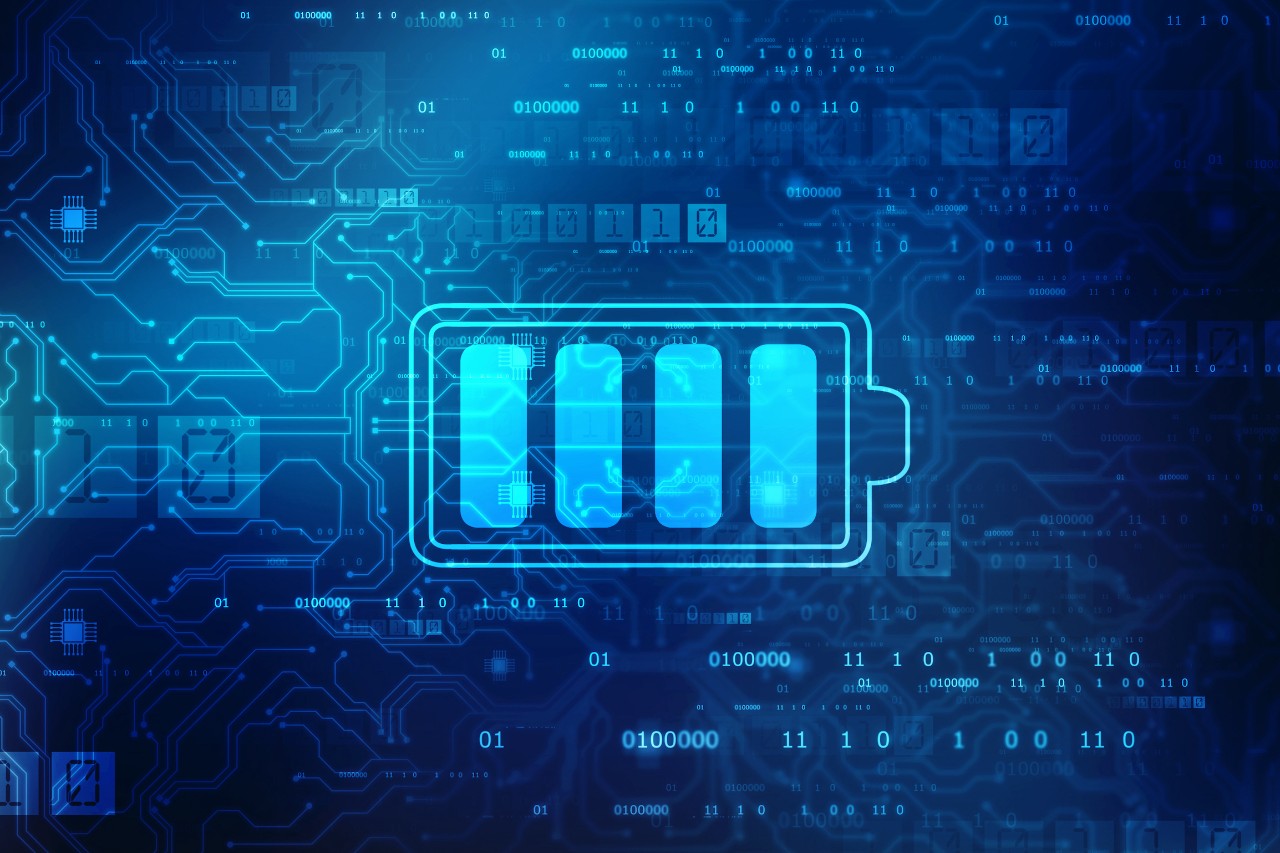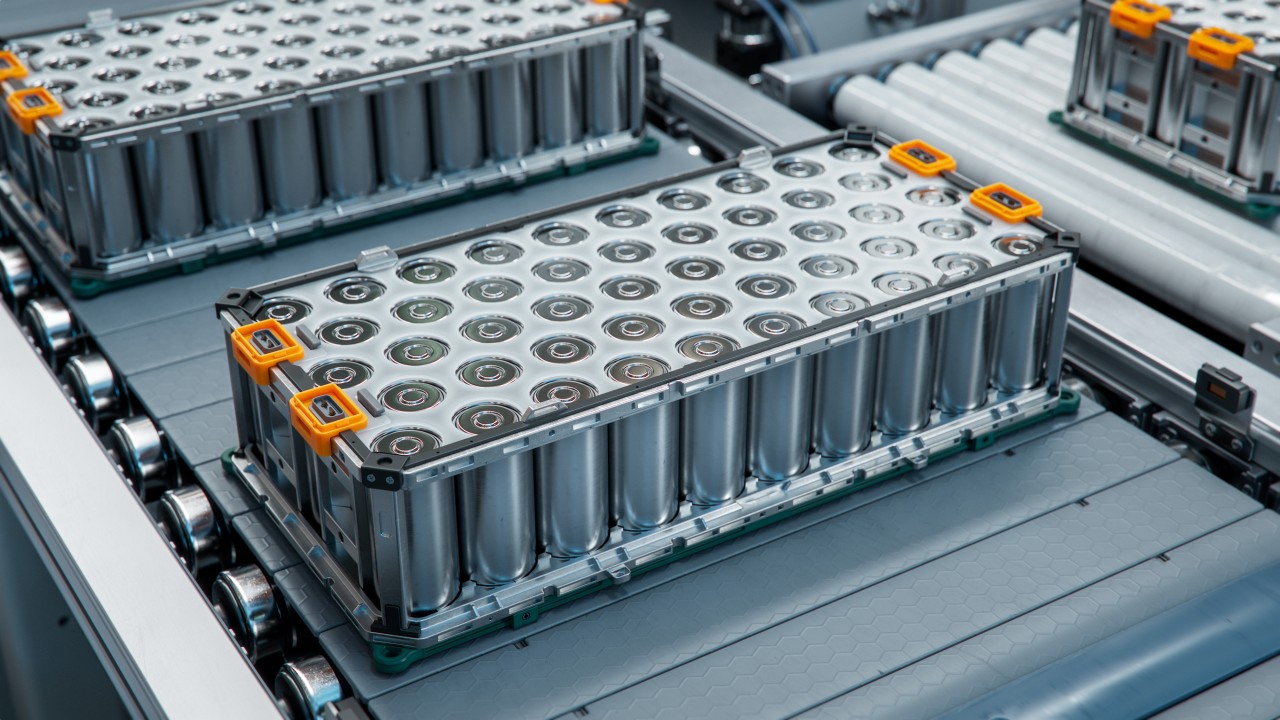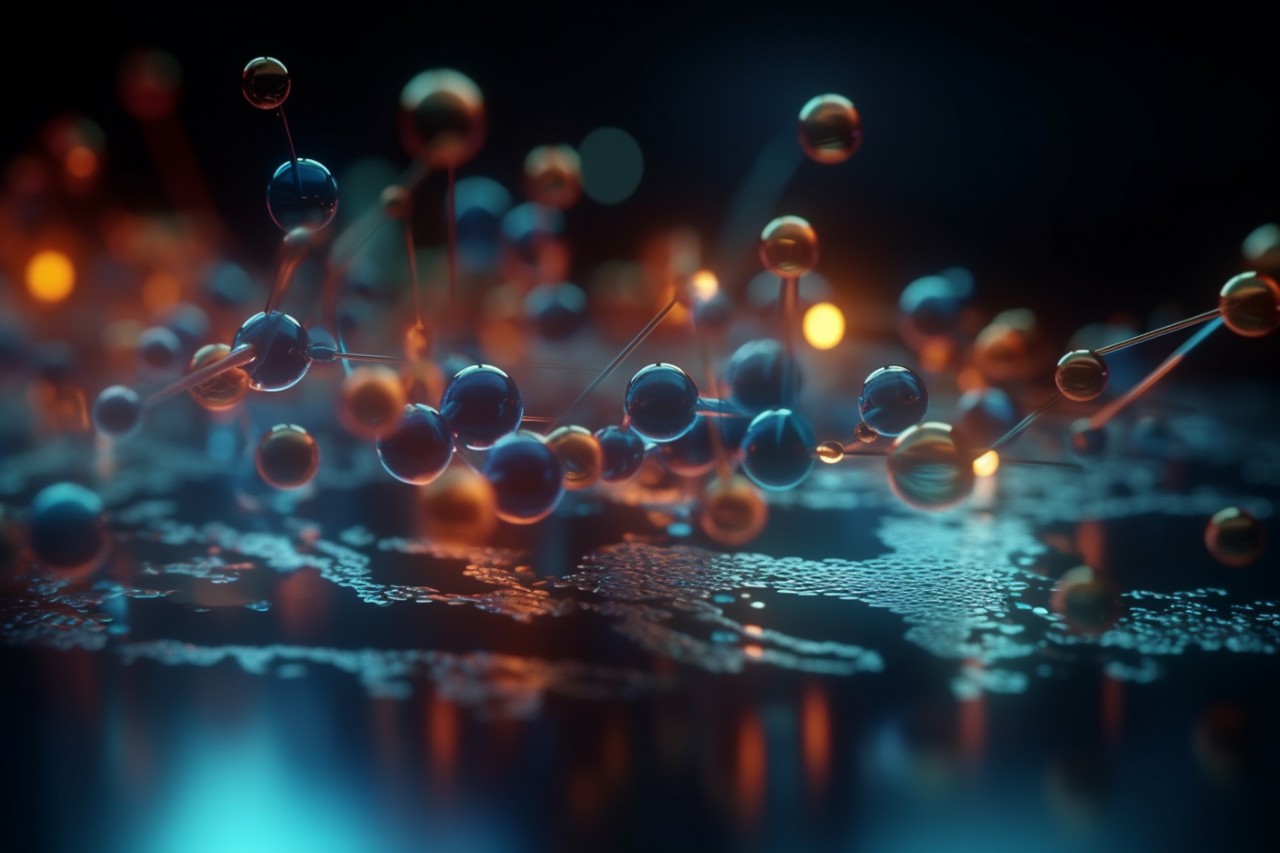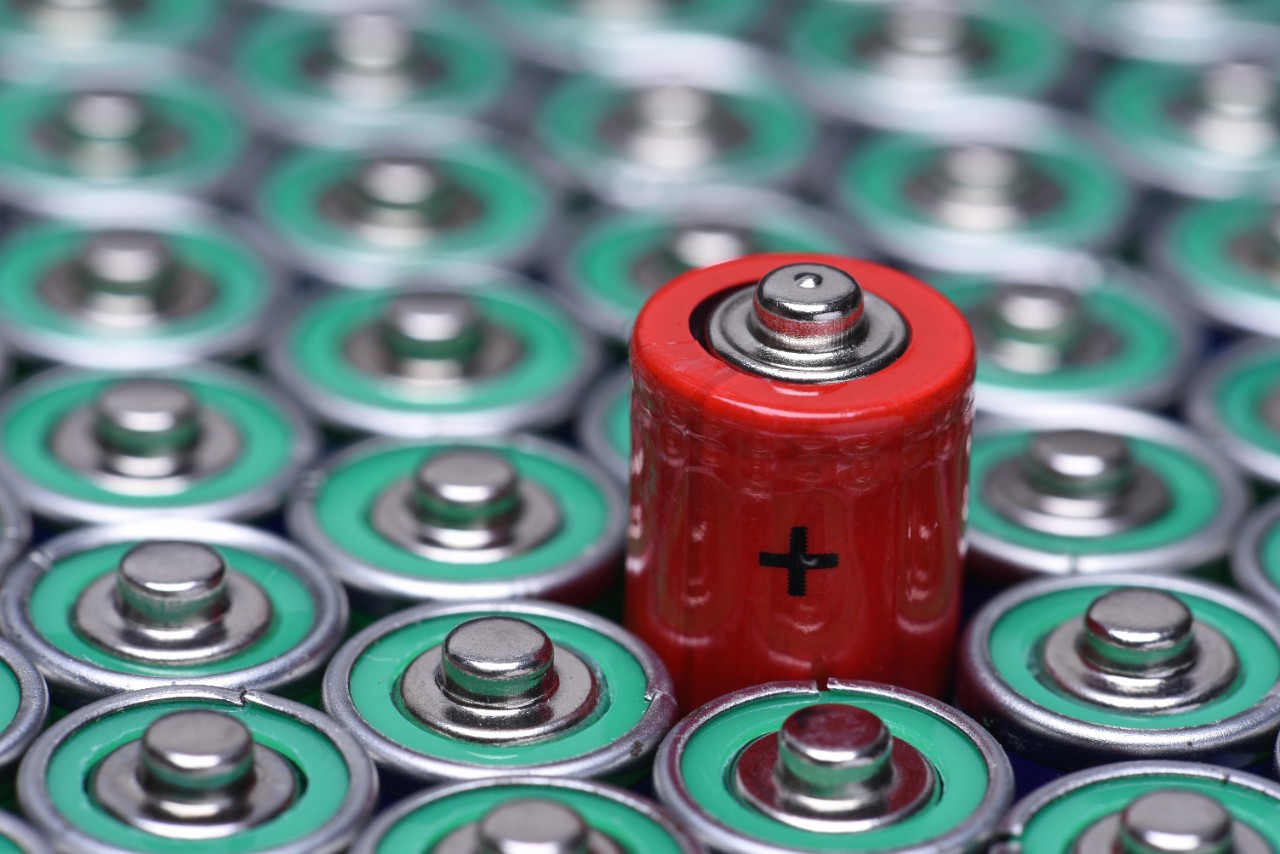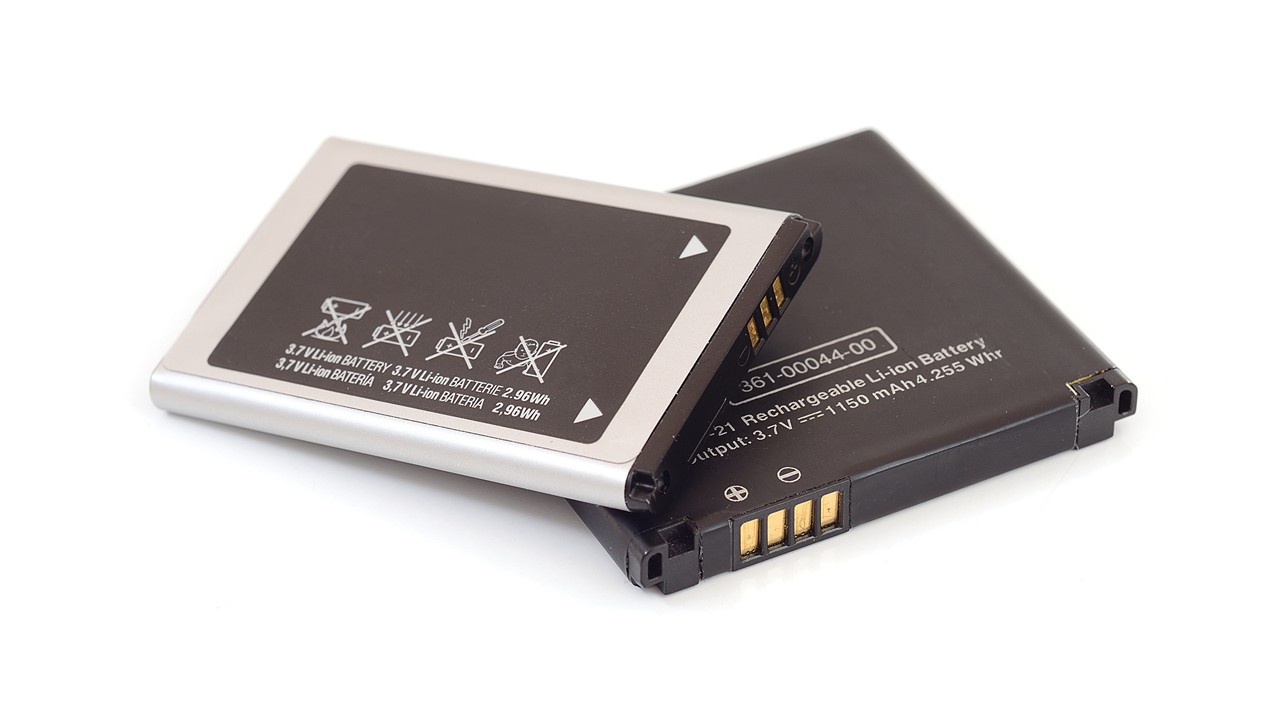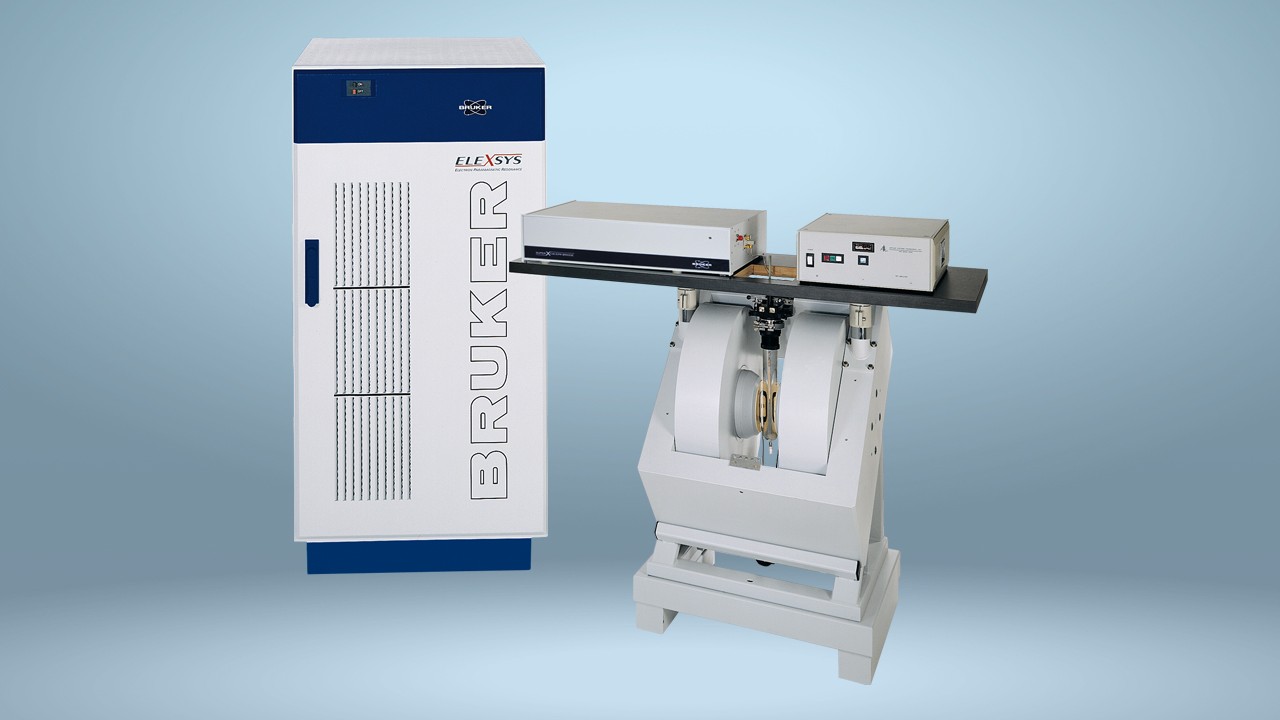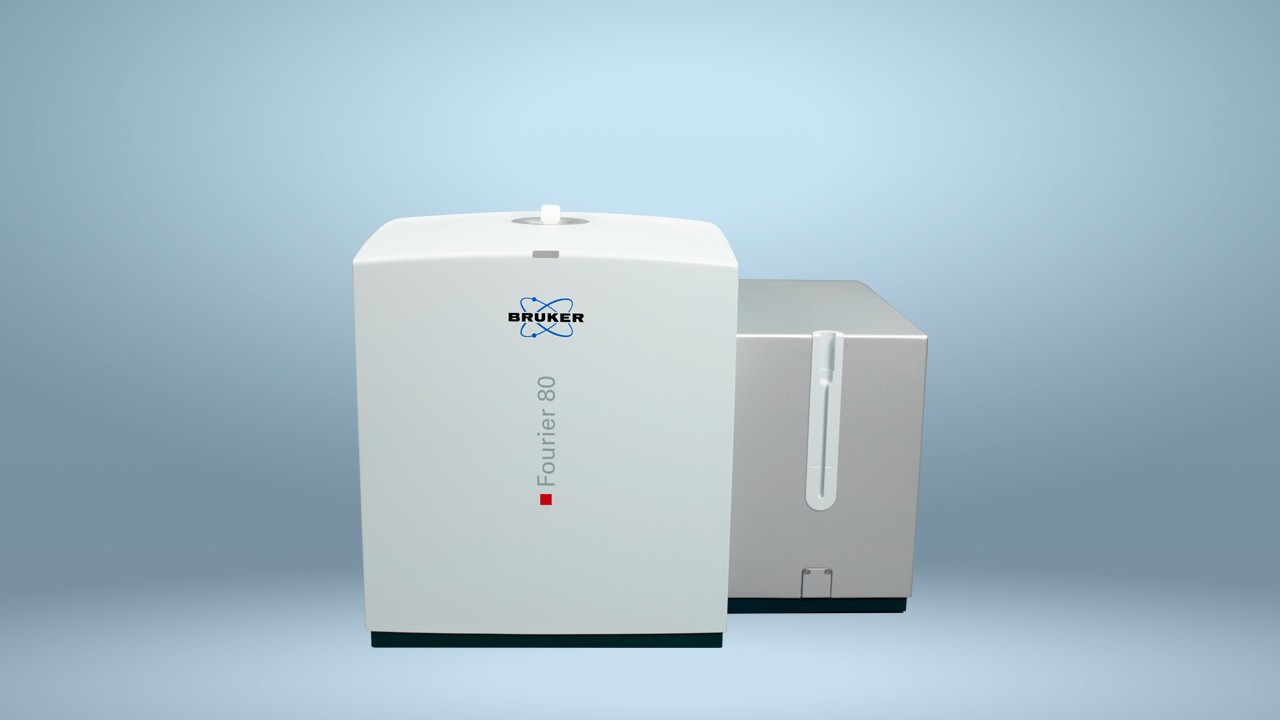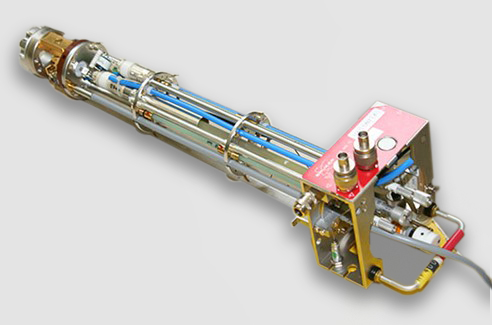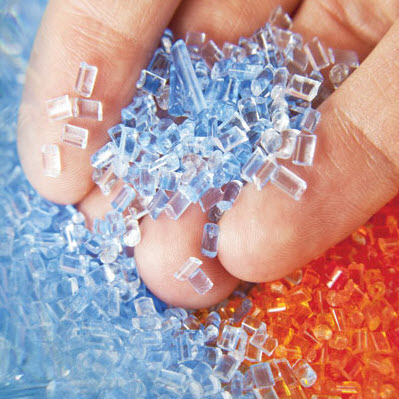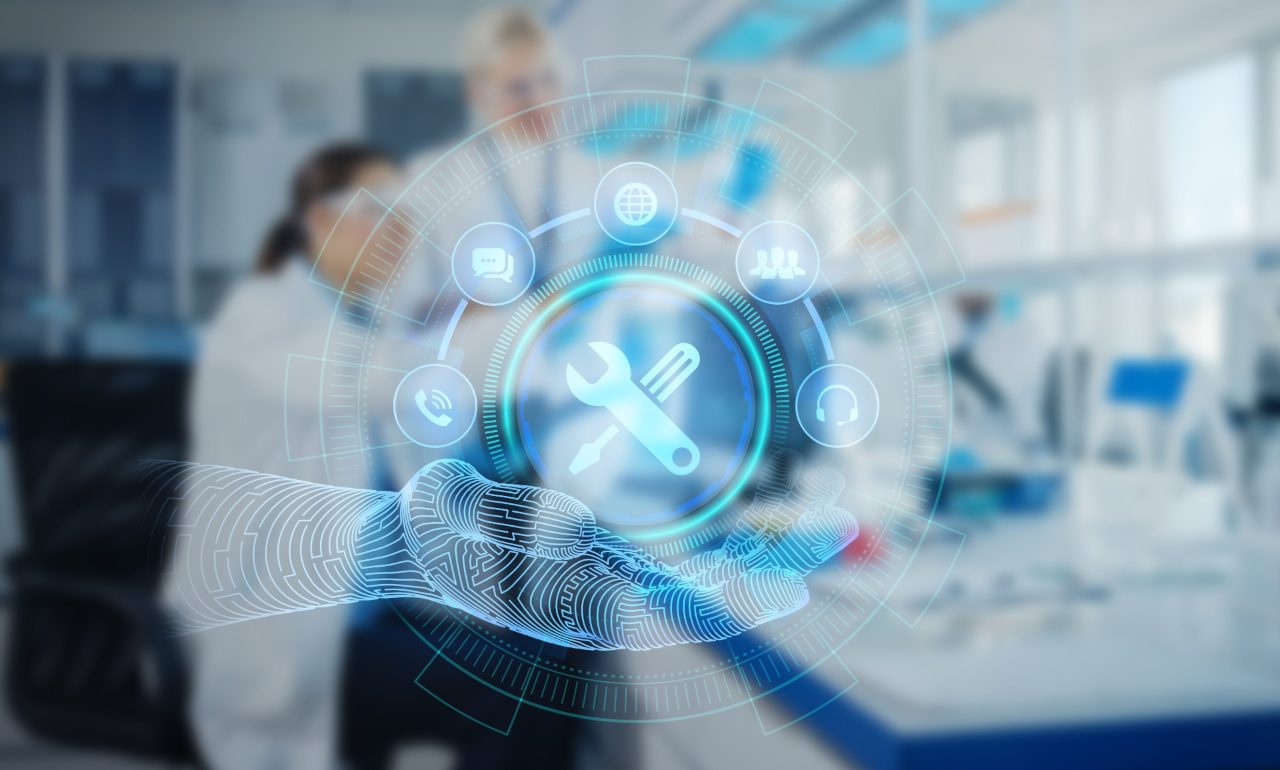Advancing Battery Research and Manufacturing
with Magnetic Resonance
Evolution of Batteries
Since the development of the first rechargeable battery, portable power has become an essential part of modern life. Lithium-ion batteries (LIBs) have transformed the way we store and use energy, providing power for a wide range of applications from cell phones to electric vehicles. With the highest energy density of all types of batteries, they offer strong potential for improving performance and reducing environmental impact.
Bruker solutions support researchers to pave the way for new discoveries in battery technology and supporting a sustainable future.
Next Generation Batteries
The next generation of batteries is now in the spotlight of battery research, as scientists aim to create more sustainable energy solutions. Ongoing research and development on alternative battery technologies, such as sodium-ion and solid-state batteries, offer potential benefits, including increased safety, reduced costs, and improved sustainability. For instance, sodium-ion batteries are built from abundant and low-cost materials, making them a more sustainable option for large-scale energy storage. Solid-state batteries, on the other hand, offer higher energy density and improved safety, making them ideal for electric vehicles.
At Bruker, we provide state-of-the-art solutions that enable both academic researchers and battery manufacturers to explore and innovate in the field of battery technology, supporting a sustainable future for all.
Powering a Greener Future with Magnetic Resonance
Creating a sustainable and greener world is crucial to our planet's future. To achieve this, we need advanced, recyclable batteries with higher energy density, longer cycle life, and lower cost. This will enable renewable energy adoption, reduce reliance on fossil fuels and help to mitigate climate change. Improved battery technology will support the development of new technologies such as long-range electric vehicles and grid-scale energy storage systems. To achieve this, researchers are exploring new battery materials and chemistries, new manufacturing and recycling methods. Nuclear Magnetic Resonance (NMR) and Electron Paramagnetic Resonance (EPR) will play a critical role in this, providing researchers with valuable insights into the properties of battery materials and helping to advance battery technology.
Exploring Battery Materials with Advanced Analytical Techniques
NMR and EPR are powerful tools that enable researchers and manufacturers to analyze battery materials at the molecular and atomic levels. These techniques provide valuable insights into electrochemical processes, chemical and physical changes occurring in electrode and electrolyte materials, and factors that affect battery performance and efficiency. By understanding the behavior of these materials, researchers and manufacturers can develop strategies to improve battery lifetime and performance, ultimately leading to more advanced, sustainable, and cost-effective batteries. These advanced analytical techniques have a significant impact on battery innovation, supporting the fight against climate change by improving energy storage.
NMR: A Powerful Tool for Optimizing Battery Performance
Nuclear Magnetic Resonance (NMR) is a widely used analytical technique in chemistry and materials science that provides a deeper understanding of battery material properties and behavior. In battery research, NMR investigates the atomic and molecular structures of battery materials, allowing researchers to identify chemical and physical changes occurring during charge and discharge cycles. To effectively measure these processes and critical quality attributes, analytical solutions for the characterization of batteries should be able to operate in situ. NMR spectroscopy offers an ideal analytical method to address the need for accurate, responsive, in situ detection in the battery sector. It assists in identifying reasons for battery degradation and failure, enabling the development of new, more durable, and stable electrode materials. By providing a detailed analysis of the chemical and physical properties of battery materials, NMR helps optimize battery performance and efficiency.
Specialized solid-state NMR probes and in-situ NMR accessories for battery research
Bruker offers a comprehensive range of instruments for battery research, including specialized solid-state NMR probes and in situ NMR accessories developed in partnership with ePROBE, a leader in battery analysis technology solutions. These probes are available in single or double-resonance configurations, with current collector ports for charging and discharging electrochemical cells while inside the NMR magnet. Additionally, the probes feature integrated flow channels for gas or liquid, allowing researchers to conduct experiments on redox-flow, metal-air batteries, and similar systems. Bruker's in situ solid-state NMR equipment provides a powerful tool for optimizing battery performance. By operating in situ, analytical solutions for the characterization of batteries can accurately detect critical quality attributes and measure processes occurring during charge and discharge cycles. With Bruker's cutting-edge RF generation console AVANCE NEO and ePROBE's technologies, researchers can gather meaningful insights and benefit from optimized R&D as well as rapid and accurate quality inspection activities.
Watch the video interview
Oliver Pecher Ph.D. - CEO of ePROBE
EPR: Advanced Technique for Improving Battery Stability and Efficiency
Electron Paramagnetic Resonance (EPR) is an advanced spectroscopic technique that detects unpaired electrons in materials. By identifying free radicals causing electrode material degradation during charge and discharge cycles, EPR provides insights into material behavior under electrochemical conditions. EPR investigates electron transfer processes to identify factors affecting their rate and efficiency, allowing researchers to develop more efficient electrode materials for energy storage and improve battery stability and efficiency. Bruker's portfolio for battery research includes advanced in-situ EPR imaging (EPRI), providing insights into dendrite microstructural characteristics, growth mechanisms, and plating/stripping processes for safer and more efficient batteries. By utilizing EPR, researchers and manufacturers can gain a better understanding of battery materials, leading to improved battery performance and stability.
Magnetic Resonance Applications in Battery Research and Manufacturing
How researchers are harnessing the power of magnetic resonance to drive battery innovation
Interviews with leading scientists in energy storage reveal how NMR and EPR have helped them to develop new electrode materials that are more stable, efficient, and durable. As energy storage technologies continue to evolve, magnetic resonance will remain an essential tool in helping researchers to understand the properties of battery materials and develop new, advanced materials for energy storage. Explore some of the most remarkable examples of MR in battery research!
Uncovering renewable sources for lithium-ion batteries
Lithium-ion batteries have become the preferred choice for powering electric cars due to their high energy density and longer lifespan. With the surge in electric car production to reduce the transportation sector's carbon footprint, the demand for lithium-ion batteries has significantly increased. The latest research investigates the use of biomass and agricultural waste to produce electrolytes suitable for use in lithium-ion batteries, aiming to reduce natural resource depletion and ensure sustainability in battery production.
Collaborating for a sustainable future: Bruker and Dragonfly energy advance battery technology
As batteries become more sophisticated, the challenges associated with their development and optimization have become more complex. To address these challenges, Dragonfly Energy, a US-based leader in lithium-ion deep cycle batteries, has employed NMR to accelerate its battery technology research and development. To learn more about how NMR is advancing battery technology, check out our video interview with Vick Singh, Director of R&D at Dragonfly Energy Corp.
Optimize Battery Development and Manufacturing with MR
To remain competitive in the market, battery manufacturers are continuously seeking ways to optimize their production processes, improve throughput, speed, efficiency, and resource utilization. In-depth investigations are fundamental to addressing these challenges, and techniques such as solid-state in situ NMR spectroscopy offer a reliable, comprehensive analytical tool. It can ensure the consistent quality of battery components and materials, including electrodes, electrolytes, and separators, throughout the entire value and supply chain of battery manufacturing. Magnetic resonance technology can also monitor battery production processes, identifying any defects or inconsistencies that may compromise battery performance or safety. By leveraging magnetic resonance technology, battery manufacturers can enhance their production capabilities, streamline the value chain, and develop more efficient, durable, and cost-effective battery solutions that meet the growing demands of the market.
... to discuss about Battery Development and Manufacturing
Improving lithium-ion batteries with TD-NMR technology
TD-NMR is a magnetic resonance technique based on relaxation time detection. It works at low magnetic fields, using permanent magnets. It can measure physical properties of samples. TD-NMR is a fast, simple, and non-invasive method that can provide valuable information for battery research and development. It can be used to improve the manufacturing and performance of lithium-ion batteries (LIBs). TD-NMR can measure the physical properties of the slurry, which is a liquid mixture of electro-chemically active materials that coats the electrodes of LIBs. By monitoring the slurry’s viscosity, particle distribution, and sedimentation, TD-NMR can help optimize the coating process and reduce material waste.
